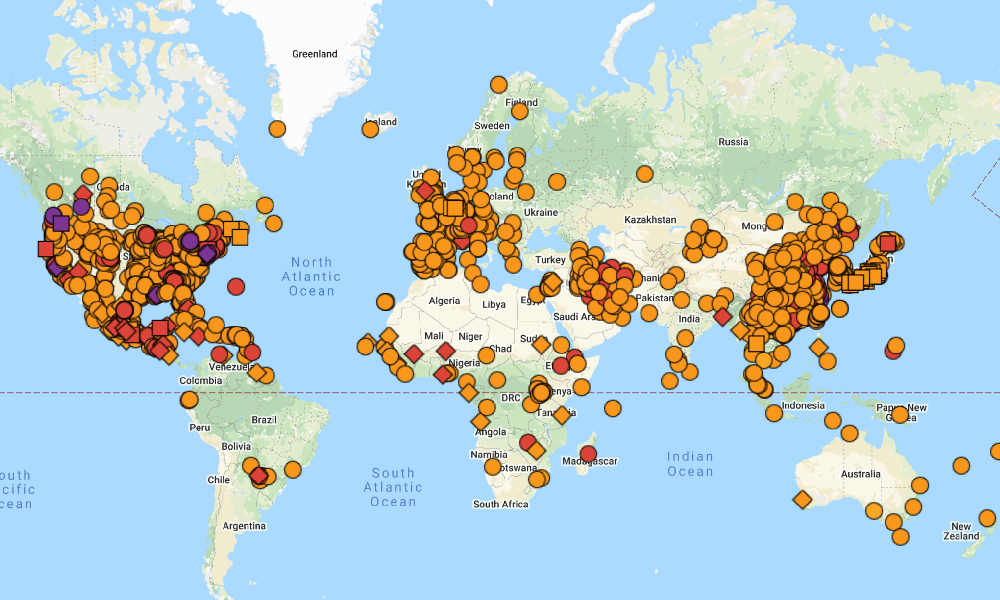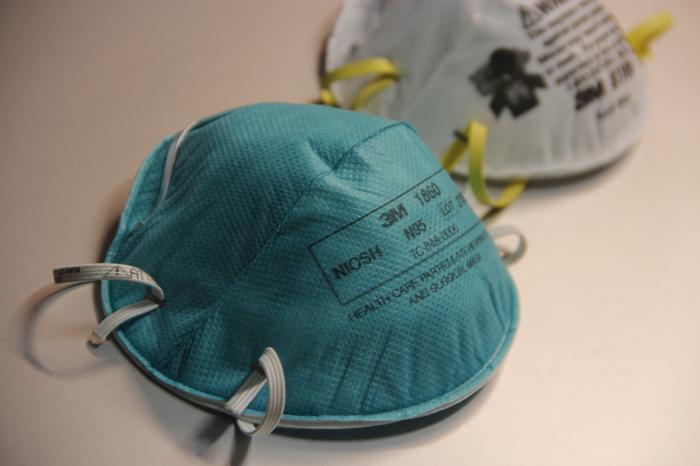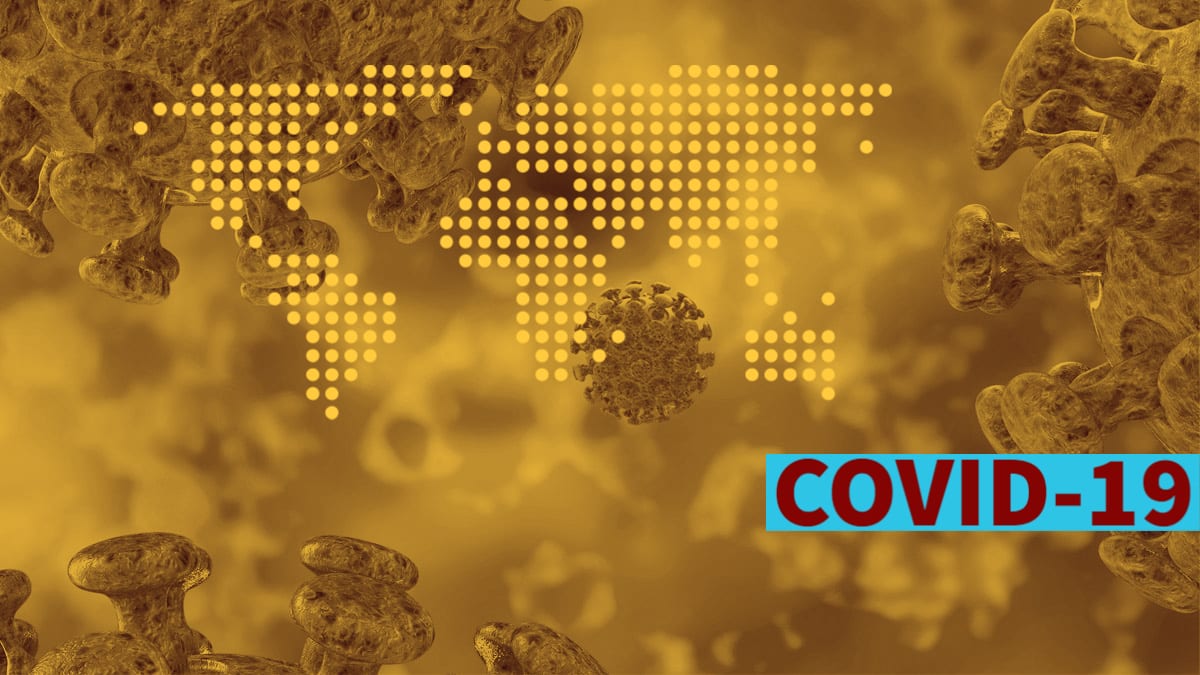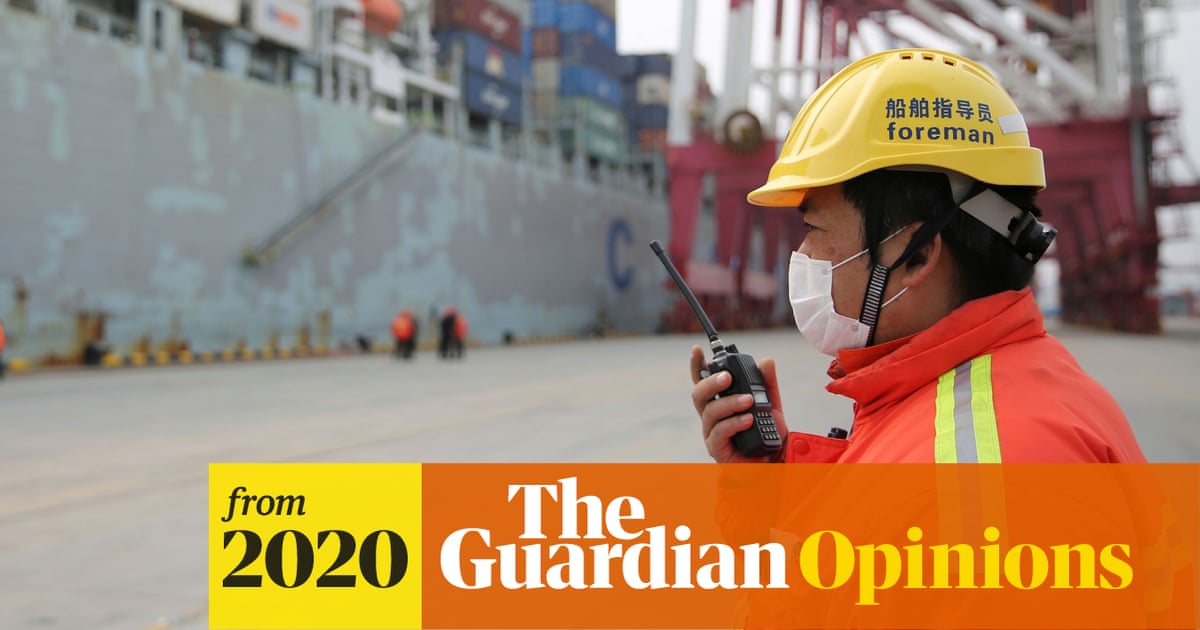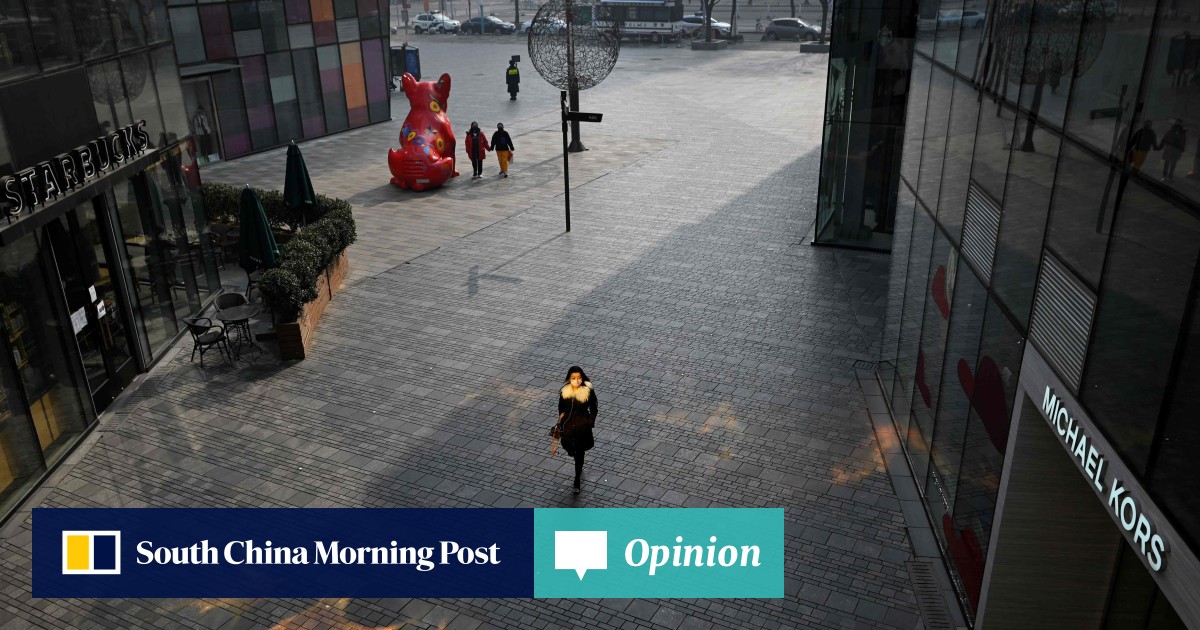NYT also covered this:
Xi Jinping was aware of the outbreak nearly two weeks before he first spoke publicly about it. It could draw him directly into questions about whether officials did too little, too late.

www.nytimes.com
(fair use applies)
China’s Leader, Under Fire, Says He Led Coronavirus Fight Early On
Xi Jinping was aware of the outbreak nearly two weeks before he first spoke publicly about it. It could draw him directly into questions about whether officials did too little, too late.
By Amy Qin
Published Feb. 15, 2020 | Updated Feb. 16, 2020, 1:41 a.m. ET
Under fire for its response to the coronavirus epidemic, China’s authoritarian government appears to be pushing a new account of events that presents President Xi Jinping as taking early action to fight the outbreak that has convulsed the country.
But in doing so, the authorities have acknowledged for the first time that Mr. Xi was aware of the epidemic and involved in the response nearly two weeks before he first spoke publicly about it — and while officials at its epicenter in the city of Wuhan were still playing down its dangers.
That new account risks drawing the president, China’s most powerful leader in decades, directly into questions about whether top officials did too little, too late.
In an internal speech published on Saturday, Mr. Xi said he had “issued demands about the efforts to prevent and control” the coronavirus on Jan. 7, during a meeting of the Politburo Standing Committee, the highest council of the Communist Party, whose sessions are typically cloaked in secrecy.
In the speech, he also said he had authorized the unprecedented lockdown of Wuhan and other cities beginning on Jan. 23.
“I have at every moment monitored the spread of the epidemic and progress in efforts to curtail it, constantly issuing oral orders and also instructions,” Mr. Xi said of his more recent involvement.
Mr. Xi’s advisers may have hoped that publishing the speech, delivered on Feb. 3. would dispel speculation about his recent retreat from public view and reassure his people that he can be trusted to lead them out of the epidemic. The virus so far has officially infected more than 68,000 people and killed more than 1,650 worldwide, the vast majority in mainland China.
“The overall tone of the speech appears to be defensive,” said Minxin Pei, a professor of government at Claremont McKenna College in California. “He wants to change the narrative, which until this point has been very unfavorable to the top leadership.”
Delivered at a meeting with top party officials, when the epidemic had already spiraled into a national crisis, the speech could expose Mr. Xi to criticism that he didn’t treat the initial threat urgently enough, and make it difficult for him to shift blame onto local officials for what many see as the government’s early mishandling of the epidemic.
The remarks also raise questions about what top leaders knew at the time and what instructions they issued based on that knowledge.
That Mr. Xi convened a meeting of China’s highest political body in early January indicates that the coronavirus was already being seen as a matter of high-level concern — making his subsequent silence even more conspicuous, experts say. An official account of the Jan. 7 Standing Committee meeting issued at the time by Xinhua, the state news agency, made no mention of a discussion of the coronavirus.
“It seems like he’s trying to indicate that ‘we weren’t asleep at the wheel,’” said Jude Blanchette, the Freeman Chair in China Studies at the Center for Strategic and International Studies. “But it comes off like ‘we knew this was a problem, but we weren’t sounding the alarm.’”
In the speech this month, Mr. Xi signaled his displeasure with lower-level bureaucrats for their “shortcomings” in implementing the party’s top-level directives.
In early January, officials in Wuhan were giving open assurances that human-to-human transmission of the virus was unlikely. Some government experts agreed.
“For now, it seems there is no clear evidence of human-to-human transmission,” Xu Jianguo, a senior expert on communicable diseases at the Chinese Center for Disease Control and Prevention, said in an interview in early January with Ta Kung Pao, a Hong Kong newspaper. “This shows that the threat level from this virus is limited.”
The new information places Mr. Xi’s involvement in fighting the epidemic much earlier than was previously known. His earliest public comment on the epidemic came on Jan. 20, when he gave brief instructions that were published in state media.
In the days after Mr. Xi’s Jan. 7 orders were issued, politicians in Wuhan met for the annual meeting of the city’s People’s Congress, its party-controlled legislature. Over that time, the Wuhan health commission’s daily bulletins on the outbreak said repeatedly that there were no new cases of infection, no firm evidence of human-to-human transmission and no infection of medical workers.
But signs were growing that politicians and government experts underestimated the potency of the new coronavirus. On Jan. 9, a 61-year-old man surnamed Zeng died — the earliest confirmed fatality from the virus. Already, some doctors in Wuhan hospitals were worried enough to warn friends and propose special wards for patients showing symptoms of infection.
Even after Mr. Xi made his first public remarks about the epidemic on Jan. 20, he mostly kept it at the bottom of his public agenda. On the day before the Lunar New Year holiday began in late January, he took the stage at the Great Hall of the People in Beijing and declared his success in guiding China through a difficult year — making no mention of the virus that was already spreading fear throughout the country.
As he spoke, Wuhan, a city of 11 million, was going into lockdown mode, in a desperate attempt to stop the virus from spreading.
Mr. Xi’s first public appearance after the lockdown of Wuhan on Jan. 23 came two days later, when he presided over a meeting of the Politburo Standing Committee.
“We’re sure to be able to win in this battle,” he proclaimed.
But in the days after, he all but disappeared from public view, emerging only a handful of times to preside over Communist Party meetings and to meet foreign visitors, including the director-general of the World Health Organization and Cambodia’s autocratic leader Hun Sen. In the meantime, he directed the country’s No. 2 leader, Li Keqiang, to lead the group handling the emergency, effectively turning him into the public face of the response.
For days, Mr. Xi’s absence from public view fueled speculation that he was trying to shield his own reputation by taking a back seat in the fast-unfolding crisis. In the past week, he has returned to center stage in an apparent effort to swat away such talk.
This past week, Mr. Xi went to a neighborhood center in Beijing, a hospital and a center for disease control in what state media billed as a visit to the “front line” of China’s efforts to combat the epidemic. He has yet to visit Hubei, the province at the center of the epidemic.
A few days later, Mr. Xi fired two top Communist Party officials in Hubei, a move intended to calm simmering public anger and contain the political fallout.
By publishing the Feb. 3 speech now, experts say, Mr. Xi appears to be staking his reputation on the outcome of the epidemic fight.
“What’s really interesting in the speech is there’s a lot of the word ‘I’ in it,” said Mr. Blanchette, of Center for Strategic and International Studies. “This is clearly putting himself at the center of Beijing’s response to this while also falling back on the old excuse of blaming cadres for longstanding pathologies of China’s political system.”
The Feb. 3 speech was published by Qiushi, or Seeking Truth, the Communist Party’s top doctrinal journal. It is rare for such an internal speech to be published in full so quickly.
In the speech, Mr. Xi described the efforts to end the epidemic as a “people’s war” and he singled out two key battlegrounds: Hubei Province, where the infections and deaths have been concentrated, and Beijing, the capital.
He also acknowledged that the epidemic and the fight to curtail it were likely to hurt the economy, slowing production and cooling trade.
In response, Mr. Xi said the government would provide financial support for businesses, help migrant workers return to their jobs and step up support for construction projects. He said the blow to consumer spending could be offset by encouraging spending in new areas, such as 5G phone networks, as well as online entertainment and education.
He also emphasized the importance of taking control of the narrative and winning over public opinion at home and abroad.
“There must be closer monitoring and assessment of opinion, proactively speaking out and giving positive guidance,” Mr. Xi said of Chinese public sentiment.
“Seize the initiative and effectively shape international opinion,” he added.




